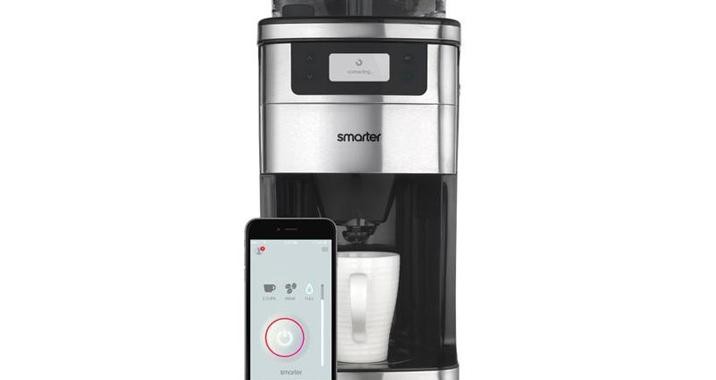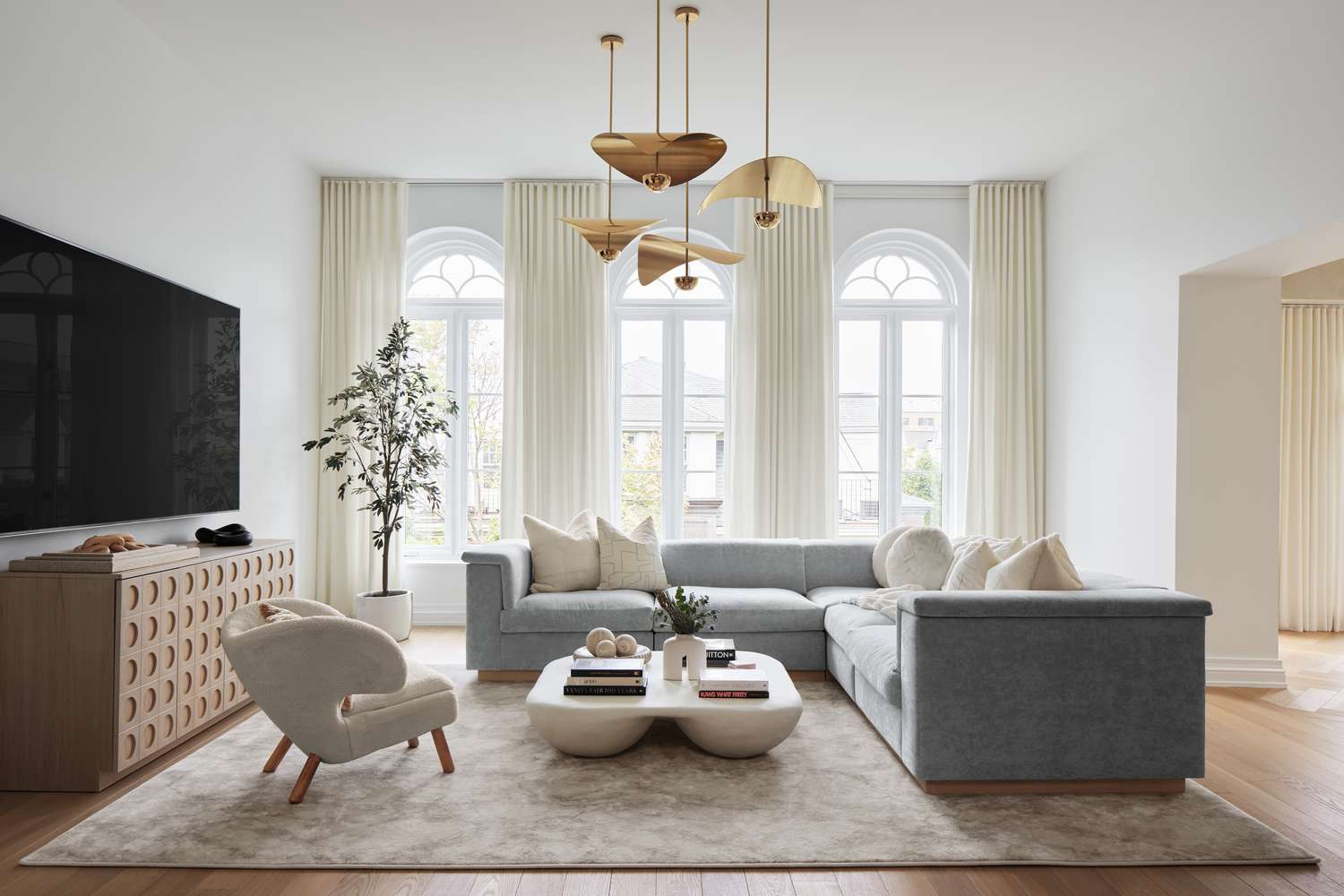-

Shower Drain Repair: Quick Fixes for Clogged Pipes
Is your shower drain leaking? Don’t worry, it’s a common problem that many homeowners face.…
-

Chicago Handyman – Attic Remodeling for Additional Dwelling Unit: Turn Your Dusty Loft into a Cool Living Space
Chicago homeowners are discovering a hidden gem in their houses – the attic. This often-ignored…
-

The 10 Best Walk In Shower Ideas for 2025: Fresh Designs to Upgrade Your Bathroom
Walk-in showers are becoming more popular in modern bathrooms. They offer a sleek, open design…
-

Floating Shelves Above Toilet: Easy Storage Hack for Tiny Bathrooms
Floating shelves above the toilet can transform a boring bathroom into a stylish and functional…
-

Best floating vanities for 2025: Sleek storage solutions for modern bathrooms
Floating vanities are taking bathrooms by storm in 2025. These wall-mounted fixtures are both stylish…

1500 North Halsted Av Chicago, IL 60614

info@chicagohandyman.net

(773) 982 – 5500




